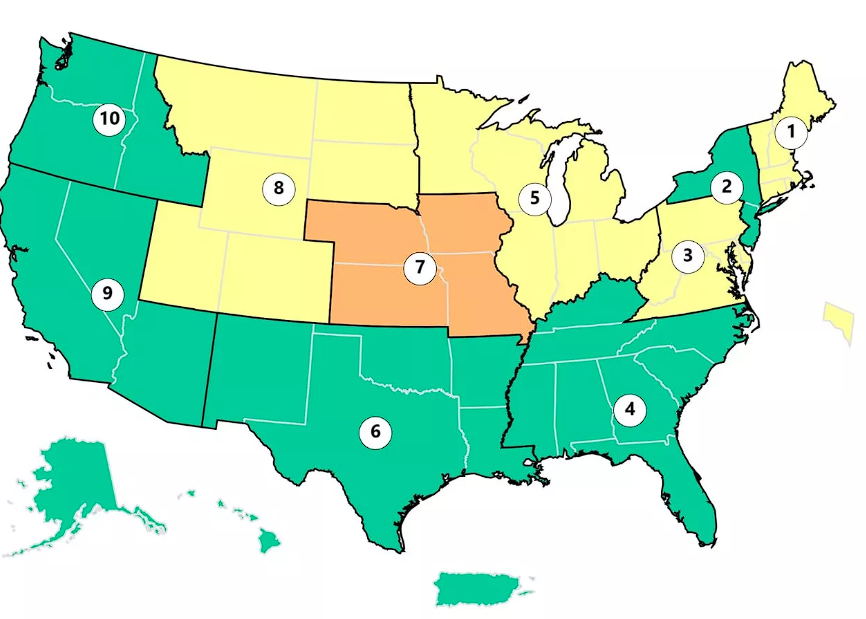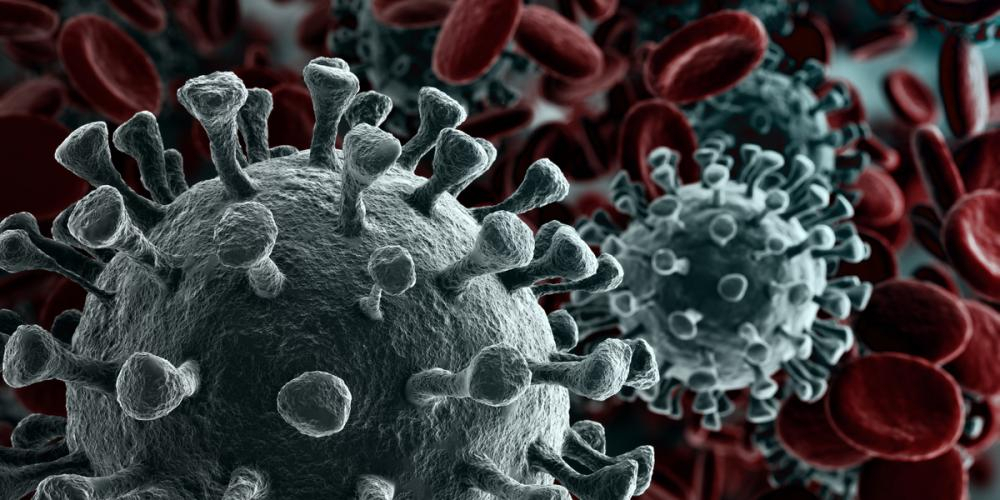These Four States Have the Highest COVID-19 Infection Rates in the US.
Others are reading now
Recent data from the Centers for Disease Control and Prevention (CDC) reveals that Iowa, Kansas, Missouri, and Nebraska are currently experiencing the highest levels of COVID-19 infections in the United States.
According to Mirror, these states have reported more positive diagnoses of the virus than any other regions in the country.
CDC’s Weekly COVID-19 Graphics
The CDC produces weekly graphics showing the rates of positive coronavirus tests across the U.S. These maps allow for a comparison of infection rates in different geographical areas.
Also read
The latest results, pertaining to the week through December 9, indicate that Region Seven, comprising Iowa, Missouri, Kansas, and Nebraska, has the highest percentage of positive cases at 17.2% out of 8,455 tests.

Hospital Admissions and Death Rates
While these four states lead in positive test rates, they are not the worst in terms of hospital admissions for COVID-19. California reported the highest number of hospital admissions, followed by Texas, Illinois, Ohio, Pennsylvania, and New York.
The CDC also published maps showing the percentage of COVID-19 deaths across the country, with Kentucky ranking first in the number of deaths attributed to the virus.
Concerns of Increased Infections During Winter
As winter approaches and families prepare for holiday gatherings, there are concerns about a potential surge in infections.
The colder weather typically leads to an increased spread of viruses due to lower immunity levels and the possibility of the COVID virus remaining active longer in cold, dry conditions. Some private institutions, hospital operators, and colleges in the U.S. had reintroduced mask mandates during the summer due to localized rises in infections, with some hospitals in New Jersey reinstating them in response to increasing infection rates.
This ongoing situation underscores the need for continued vigilance and preventive measures as the U.S. navigates the evolving landscape of the COVID-19 pandemic.


